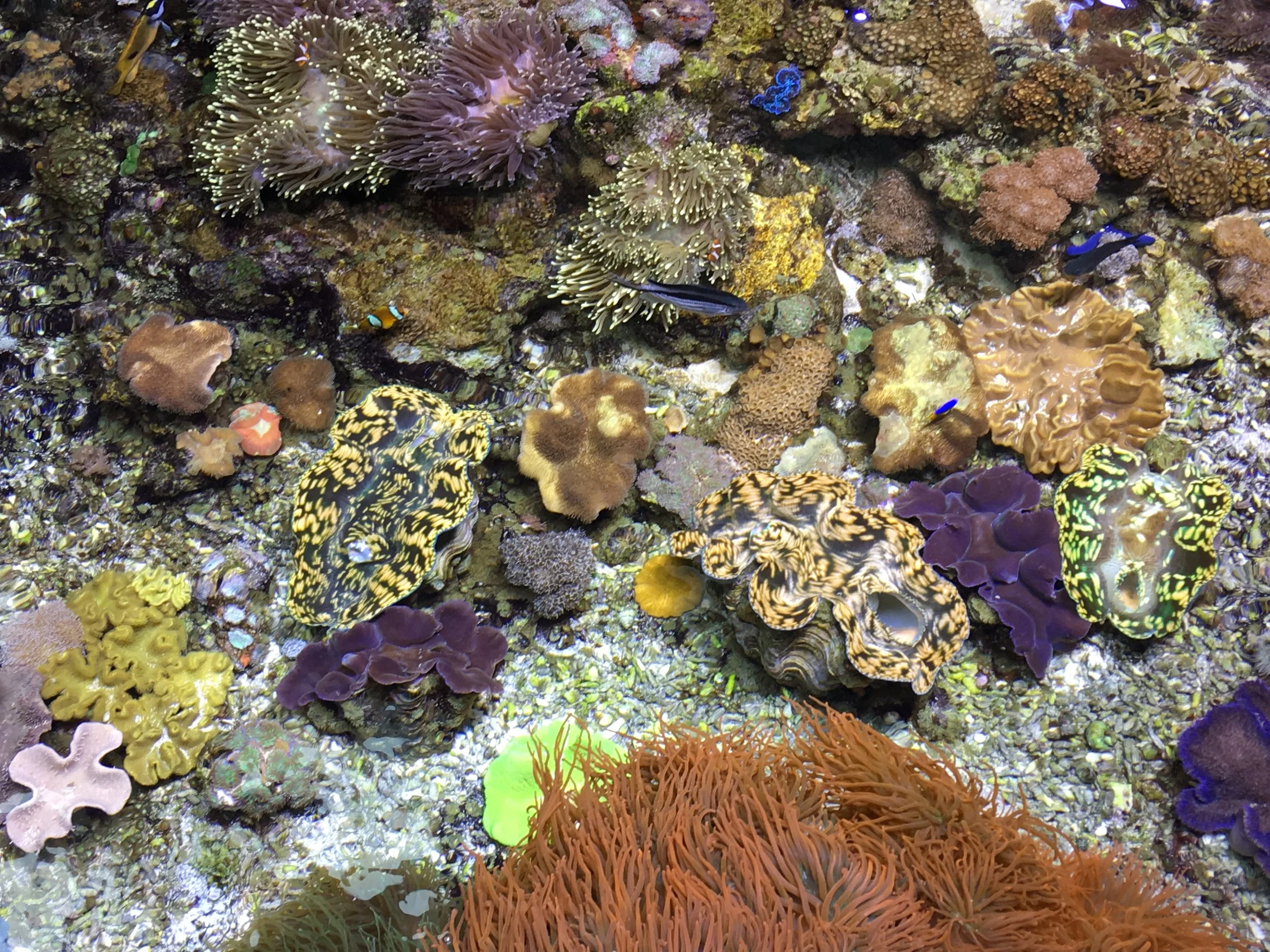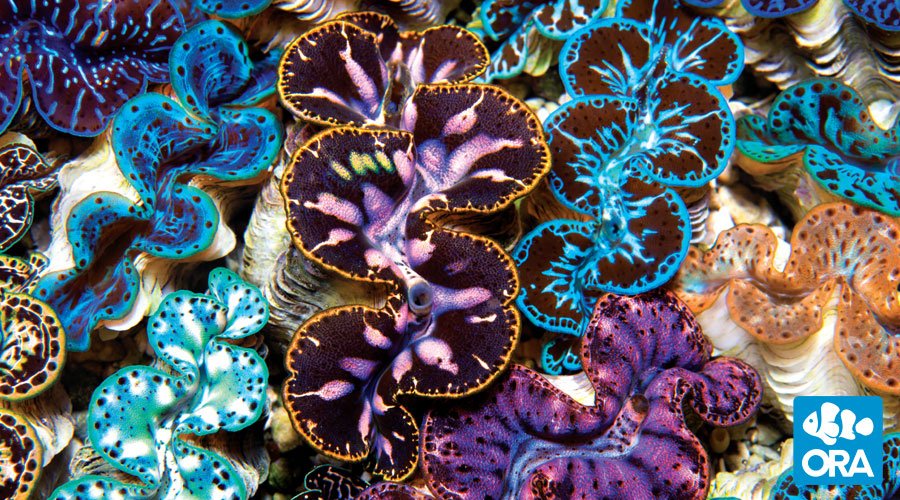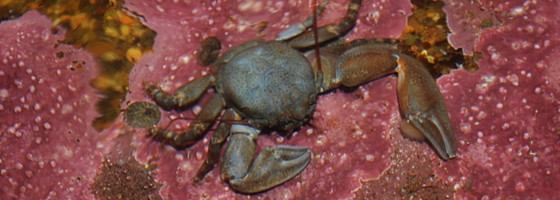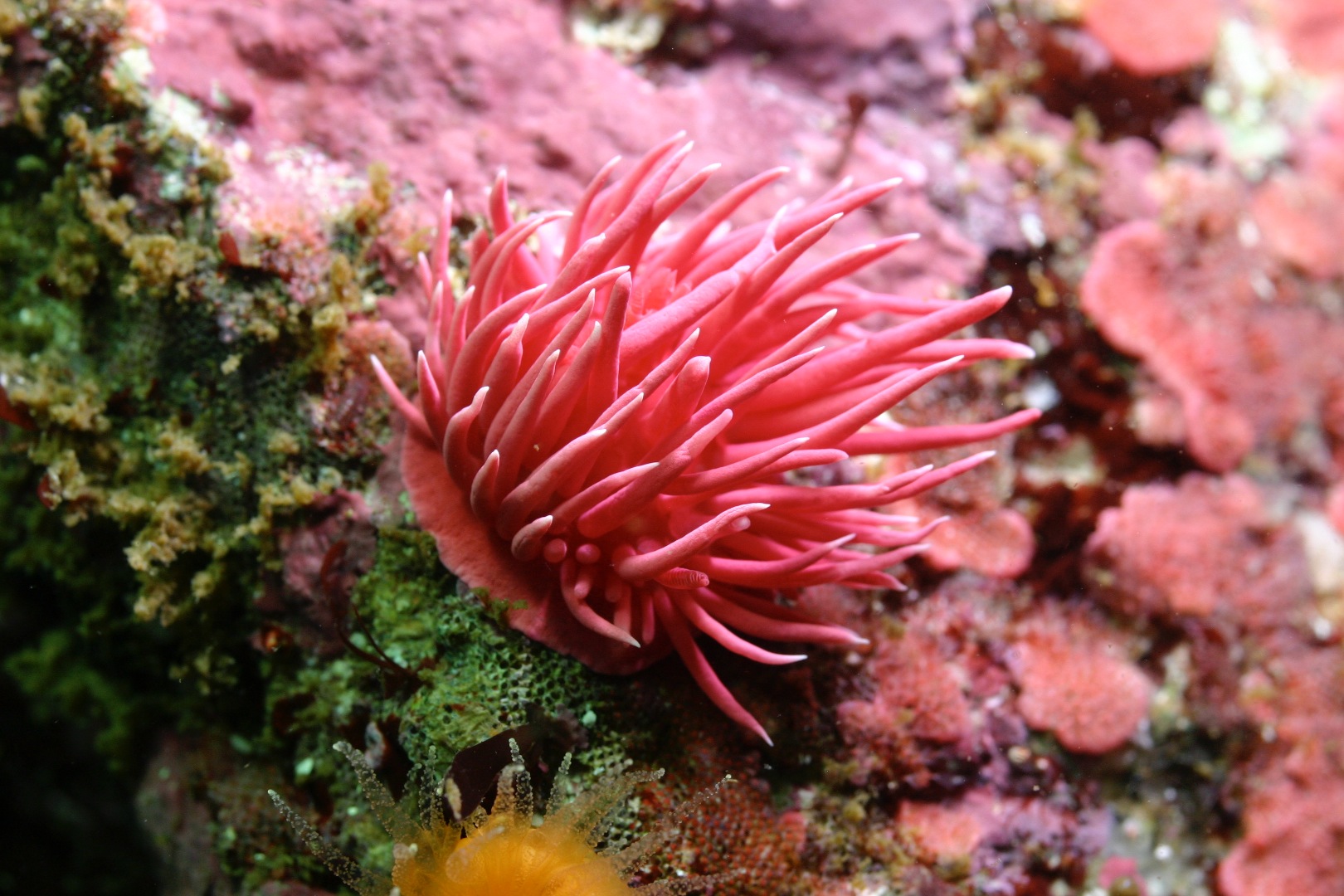Functional Genomics Investigations of Differential Sensitivity in Related Species
USING NEXT-GENERATION SEQUENCING TO ASSESS MECHANISMS UNDERLYING DIFFERENTIAL SENSITIVITY
Transcriptomic responses of the congeneric species Petrolisthes cinctipes and P. manimacuis. In the more heat-sensitive species, P. manimaculus, fewer genes are differentially expressed in response to heat shock and acidification, but those genes respond more strongly than in the heat tolerant P. cinctipes.
The intertidal zone is a highly dynamic environment where species zonate as a consequence of their relative tolerances to abiotic stress. In order to assess regulation of stress responsiveness among intertidal species, I utilized comparative next-generation sequencing to investigate the transcriptomic responses of two, differentially sensitive, intertidal species of porcelain crab (genus Petrolisthes) to natural variability in temperature and pH.
Congeners were exposed to either a low-variability, ambient control or a high-variability stress treatment where temperature spiked +15 °C and pH dropped 0.5 units mimicking natural diel fluctuations. Gill tissue was collected from crabs exposed to a single temperature/pH cycle (naïve response) and from those exposed to several cycles over two-weeks (acclimated response). Among the most strongly differentially expressed genes were those involved in acid-base regulation (e.g. VHAs) and stress recovery (e.g. HSPs), and patterns of expression differed significantly between species in potentially ecologically relevant ways. Although P. manimaculcus exhibited a greater degree of expression change, nearly five times more genes were differentially expressed in P. cinctipes. In addition, for P. manimaculis, expression changes at a given exposure time did not differ significantly between stress and ambient treatments whereas both naïve and acclimated individuals of P. cinctipes showed strong, stress-specific alteration in expression of putative acid-base regulatory genes.
These results suggest that P. manimaculis’ sensitivity to abiotic stress may be a result of a reduced molecular stress response generally, and a limited capacity to alter expression of acid-base regulatory proteins in particular. This reduced responsiveness may be a consistent feature among species susceptible to environmental stress, setting modern habitat limits and potentially acting as a primary determinant of “winners and losers” under future climate change.







